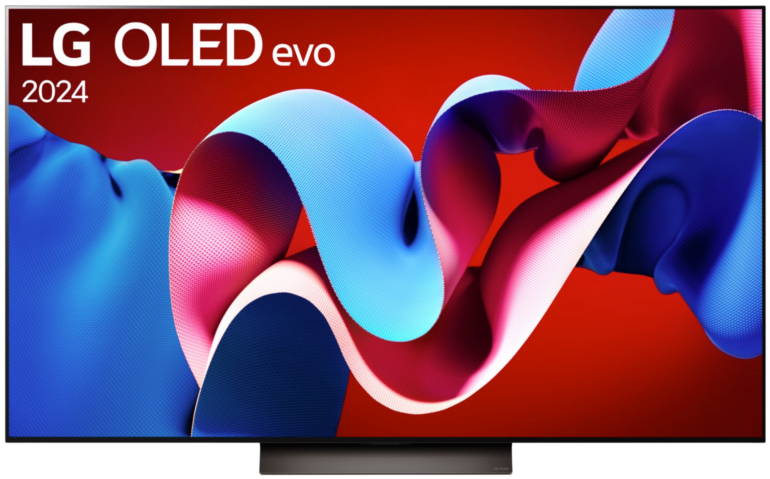Virtual Dolby Atmos
Virtual Dolby Atmos is a three-dimensional sound coding technology that was introduced by Dolby Laboratories in 2016. A spatial impression is achieved on the basis of artificially calculated speakers. Since its release, the feature became available on many devices, such as home theater systems, headphones, or soundbars.
Cost-effective 3D sound encoding
As with DTS:X compared to DTS Virtual:X, expensive purchases of additional hardware components and space requirements for a complex multi-channel system can be ignored in general. This also eliminates the need for height speakers, which are important for Dolby Atmos, when using the virtual version.
Basically, the sound is calculated via the existing speaker arrangement. Psychoacoustic algorithms are used to generate surround, treble and overhead effects. Compared to the virtual audio format from DTS, Virtual Dolby Atmos is the more established approach and is thus available to consumers free of charge on a larger number of devices.
Native Dolby Atmos quality higher
Disadvantage of this solution: Compared to a full Dolby Atmos setup with up-firing speakers or even embedded ceiling speakers, the sound impression cannot keep up with the precision of a native speaker installation.
Furthermore, the method is again highly dependent on the acoustic conditions in the intended room. On the other hand, this variant represents a cost-effective alternative to the physical solution.
- Audio
- Codecs
- Dolby Atmos
- Dolby Digital
- Dolby Digital Plus
- DTS Virtual:X
- DTS-HD High Resolution
- DTS:X
- PCM
- Virtual Dolby Atmos
- Companies
- Features
- Ports
- Technical Terms
- Connectivity
- Misc
- Smart-Features
- Video
- Image Errors
- Image Formats
- Image Function
- Ports
- Technical Terms
- 4K
- 4K@120 Hertz
- Aspect ratio
- Backlight
- Banding
- Bit
- Black level
- Brightness
- Calibration
- Candela
- Color resolution
- Color space
- Color space coverage
- Color temperature
- Color volume
- Contrast
- Curved
- Filmmaker
- Flat
- Full HD
- Gamma
- Gamut
- HD Ready
- Home theater
- Image format
- Image synchronization
- Input Lag
- ISF
- Luminance
- Motion Handling
- Native resolution
- Netflix Calibrated
- Pixel
- Pixel density
- QFT
- QHD
- Raytracing
- Rec.2020
- Refresh rate
- Resolution
- Response Time
- Smart-TV
- UHD
- UHD-2
- VR
- White balance
- WQHD
- TV Tech


